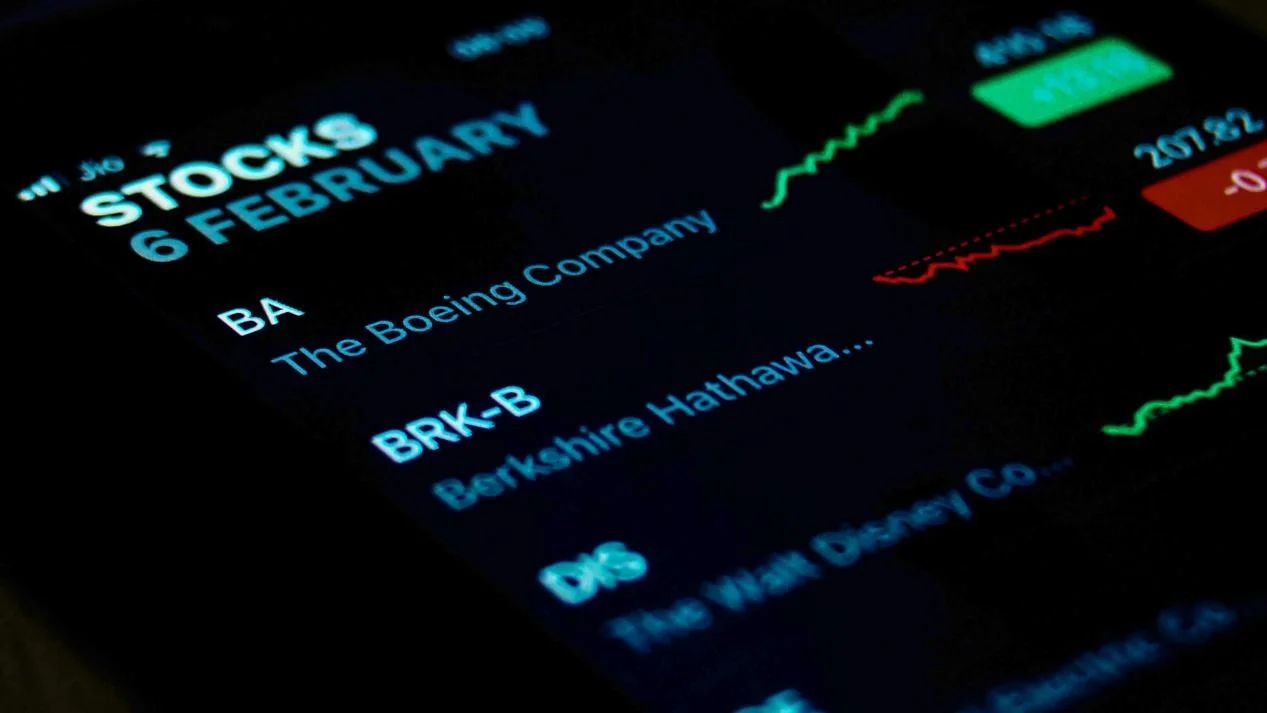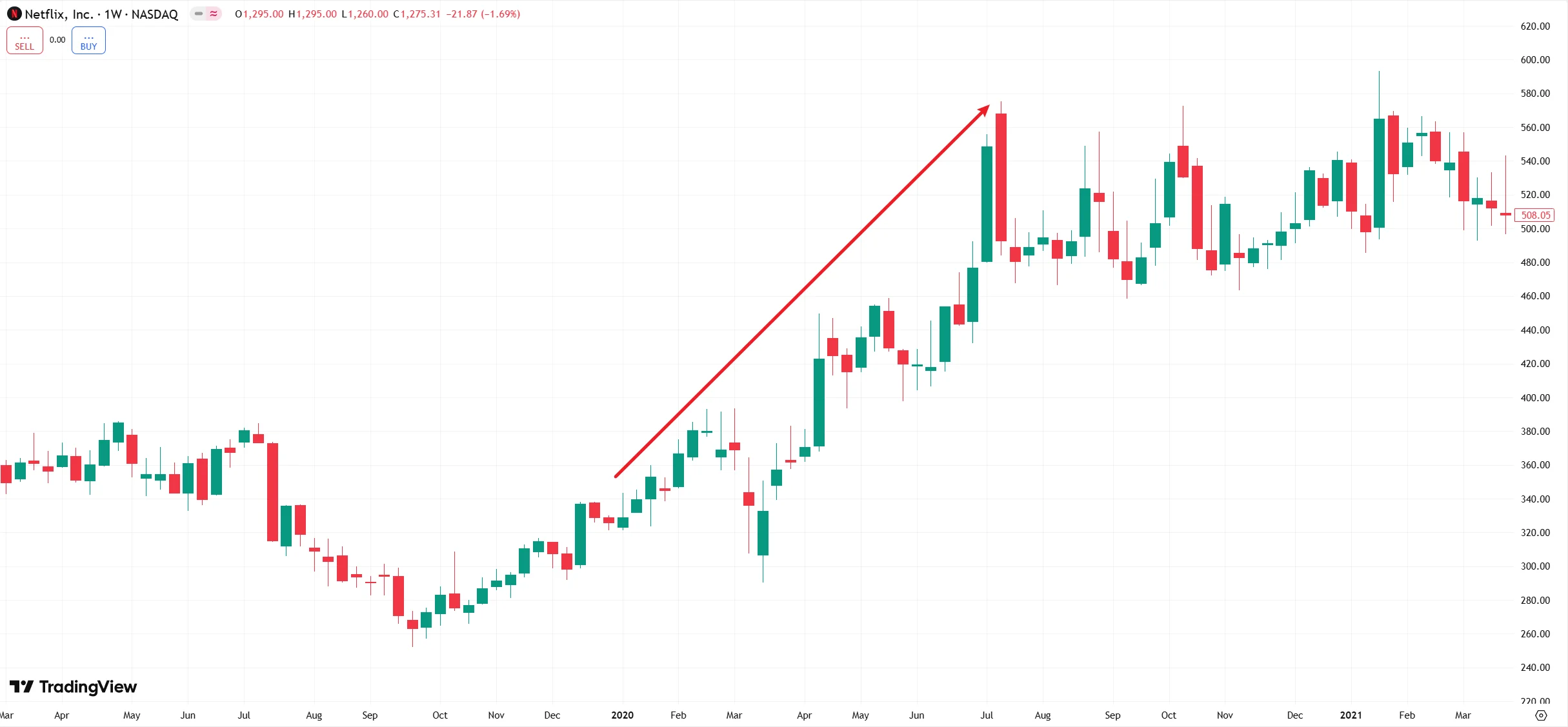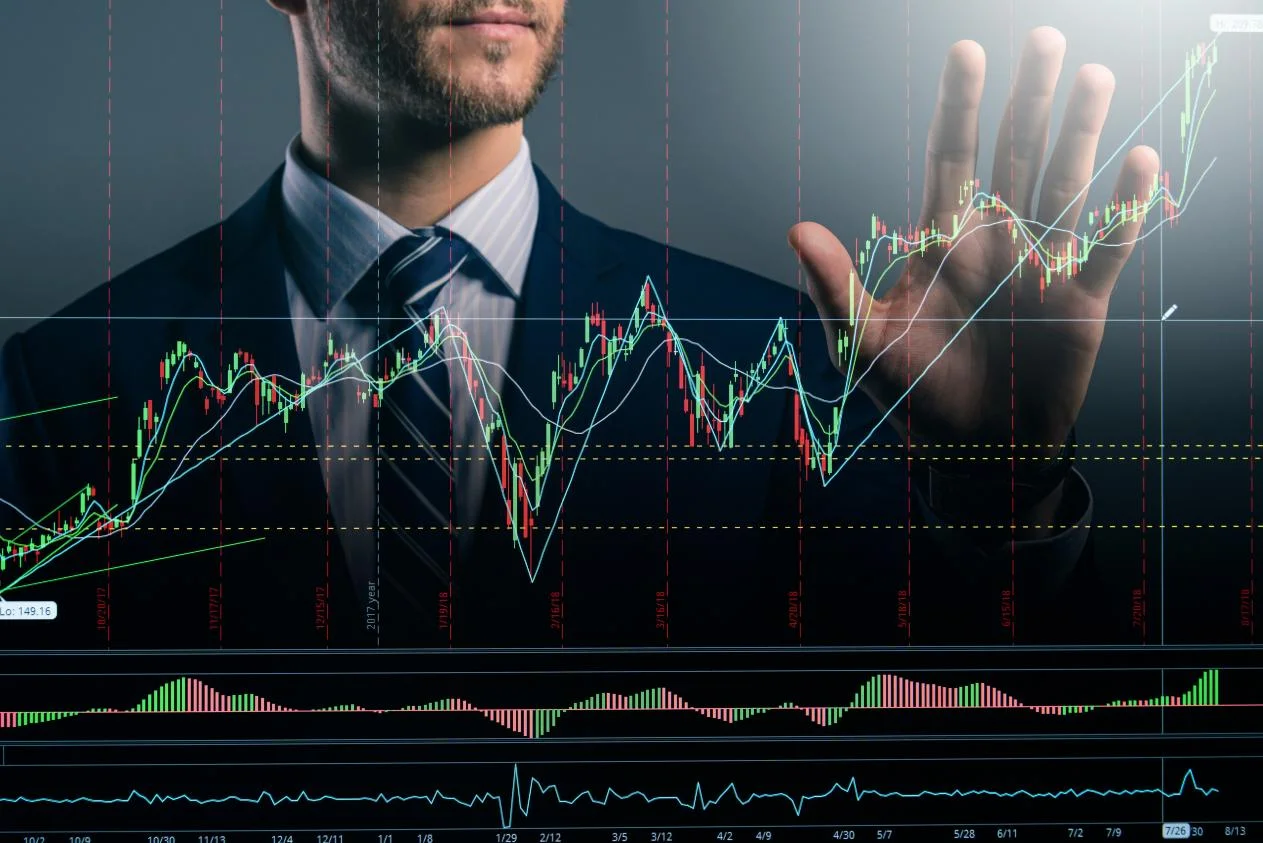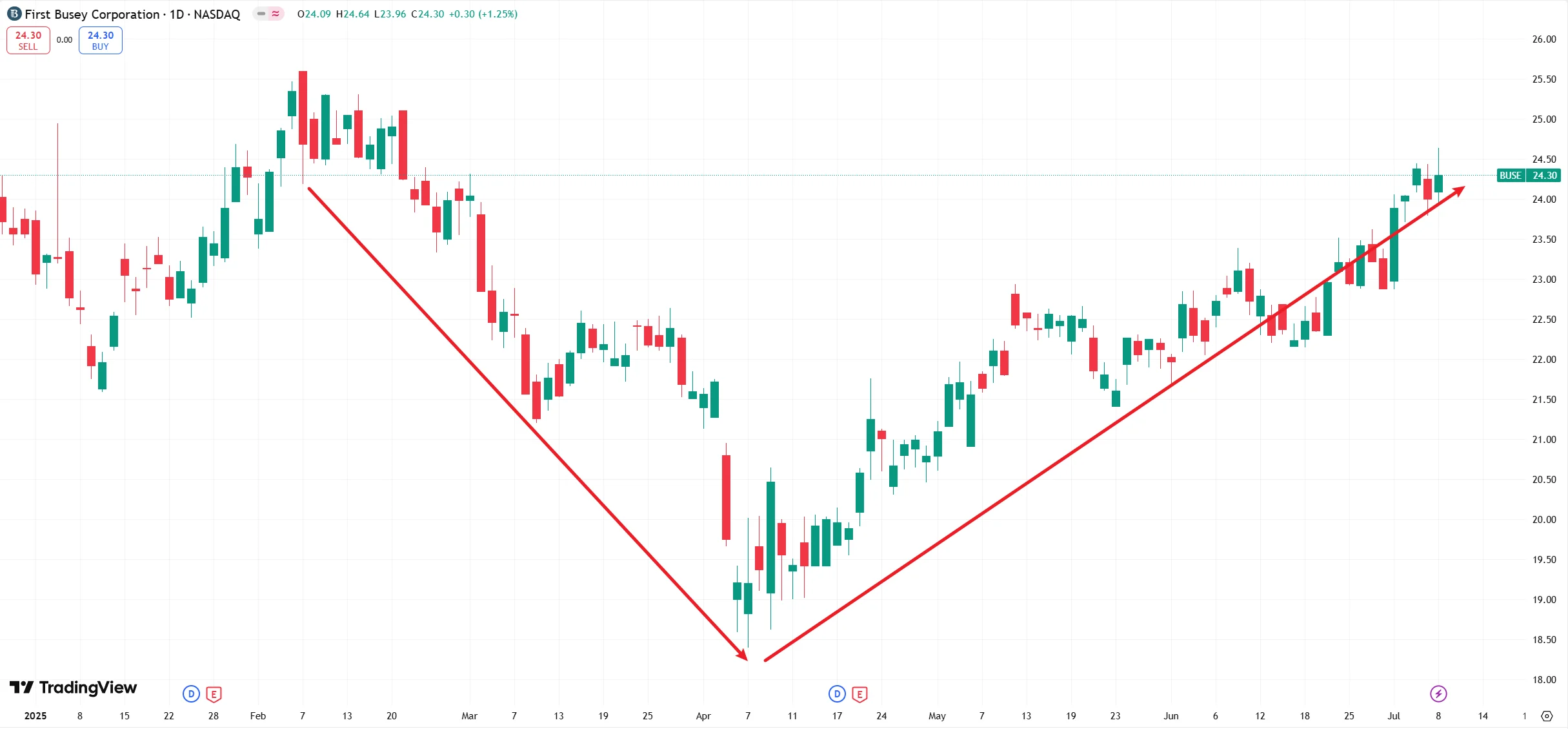Key Signals in Stock Trading
23:28 July 15, 2025 EDT
In stock trading, accurately identifying trading signals is key to capturing investment opportunities.
Cluster Buying refers to the collective buying of company stock by multiple insiders (such as executives or directors) within a short period of time. This is considered a signal that traders should pay attention to. This signal reflects the strong confidence of insiders in the company’s future prospects, often tied to undisclosed positive events such as mergers, new product launches, or improved performance.

A Stronger Signal
When executives or founders buy stock in their own company, investors often pay close attention and get excited. However, compared to a single purchase made by a high-profile CEO, a cluster buy—where multiple ordinary executives or board members make purchases—tends to send a much stronger signal. Unlike individual insider buys, a cluster buy reflects a collective consensus within the company about future growth.
Insiders typically possess non-public information, such as new contracts or strategic developments, and their purchases are often indicative of potential stock price increases. For instance, in January 2022, Netflix's co-CEO Reed Hastings bought about 51,000 shares for $20 million, which triggered a 10% short-term increase in the stock price.

Source: TradingView
In contrast, cluster buys typically involve less well-known executives or directors and often receive less media attention. Yet, the strength of the signal is higher, providing traders with an opportunity to uncover excess returns. This signal's value is particularly evident in the current market environment, which has seen increased volatility. For example, in July 2025, as macroeconomic data and earnings season expectations drove market fluctuations, cluster buys could help traders identify undervalued stocks and capture upward momentum driven by insider confidence.
How to Identify
To effectively capture cluster buying signals, traders need to rely on reliable data sources and carefully filter information to improve the accuracy of their judgments. Insider trading information must be filed with the U.S. Securities and Exchange Commission (SEC) within 48 hours using Form 4, and investors can access this data through the SEC's EDGAR system.
However, manually searching for this data can be quite cumbersome. In contrast, many professional platforms, such as Bloomberg and FactSet, aggregate this data and clearly highlight cluster buying events, saving traders a significant amount of time.
When screening these transactions, traders should focus on instances where three or more insiders have made purchases within the past 3 to 7 days. If the transaction amounts are large (e.g., exceeding $100,000), or if it's a first-time purchase, it is especially worth noting. Additionally, analyzing the company's fundamentals, such as earnings growth expectations, can help assess the motivations behind these buys.

To ensure the reliability of these signals, it's recommended to first check if the stock price is undervalued, such as being near a 52-week low or having a price-to-earnings (P/E) ratio below the industry average. An increase in trading volume is also a key factor—especially if it exceeds the average by more than 20% after the purchases, which suggests that the market may have already responded to the information. Regarding technical indicators, an RSI (Relative Strength Index) below 30 (indicating oversold conditions) or a price breakout above the 50-day moving average can further confirm these cluster buying signals.
By combining these analytical methods, especially during key market periods like earnings season, traders can more precisely pinpoint potential investment opportunities.
Practical Example
Cluster buying signals have demonstrated strong performance in actual trading scenarios.
Take the example of First Busey in 2025. Over the 17 years since the financial crisis, the bank has steadily grown while continually optimizing its balance sheet. Its total assets surged from approximately $4 billion to $12.05 billion in 2024, and in Q1 2025, it surpassed $19.46 billion. This growth highlights its strong financial performance and increasingly competitive position in the market.
Particularly noteworthy is the successful acquisition of CrossFirst Bankshares on March 1, 2025. This expanded its footprint to 10 states with 78 branches, significantly strengthening its market position.
What stands out is that in February 2025, two board members purchased about 15,000 shares before the acquisition. Then, on May 20, another board member bought 2,000 shares. By June, three board members collectively purchased approximately 26,000 shares, amounting to about $948,000 in cluster buying. Such collective buying behavior is uncommon in the market, especially when the stock price is temporarily declining due to macroeconomic uncertainty, yet insiders continue to increase their positions, signaling their strong confidence in the company’s future.
As earnings expectations improved after May, BUSE's stock began to rebound. By June, its stock price rose by approximately 3.5%, reaching $24.30 on July 8. These transactions and price movements undoubtedly confirm the powerful predictive ability of the cluster buying signal, demonstrating executives’ confidence in the company's sustained growth post-merger.

Source: TradingView
Upon closer inspection, we see that the executives did not shy away from investing during a period of stock price decline, but instead chose to increase their positions. This collective buying behavior indicates that the company's leadership remains confident in the company’s future performance, with the stock price drop not impacting their determination.
Final Thoughts
The greatest advantage of cluster buying lies in its high predictive power and low exposure. Research has shown that stocks driven by cluster buying tend to outperform the market by 15% over a 6 to 12-month period. This is largely due to the deep, insider information behind these moves. However, compared to large purchases by CEOs, cluster buying tends to fly under the media radar, providing traders with a unique opportunity to act before others catch on and gain an early advantage.

This signal is applicable for both short-term trading and long-term investing. However, its implementation is not easy, especially when it comes to data acquisition and filtering. SEC public document retrieval can be very time-consuming, which is why more investors prefer relying on platforms like Bloomberg or Insider Monkey to streamline the process of gathering information.
Additionally, traders must be cautious in distinguishing the motivation behind these purchases, discerning whether they are strategic buys or simply speculative actions. For instance, First Busey's revenue growth provides strong fundamental support for its cluster buying, rather than just market hype. Finally, changes in the macroeconomic environment—such as a strengthening dollar or falling interest rates—can impact the effectiveness of these signals, so traders need to constantly adjust their strategies based on market dynamics to avoid risks.
Disclaimer: The content of this article does not constitute a recommendation or investment advice for any financial products.

Email Subscription
Subscribe to our email service to receive the latest updates
